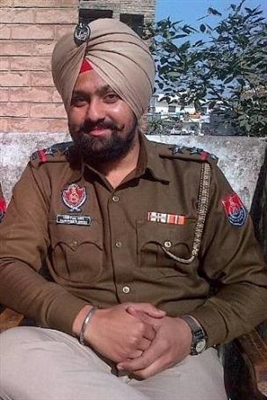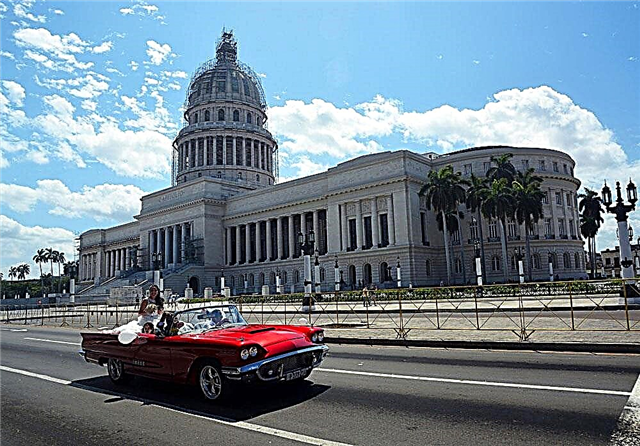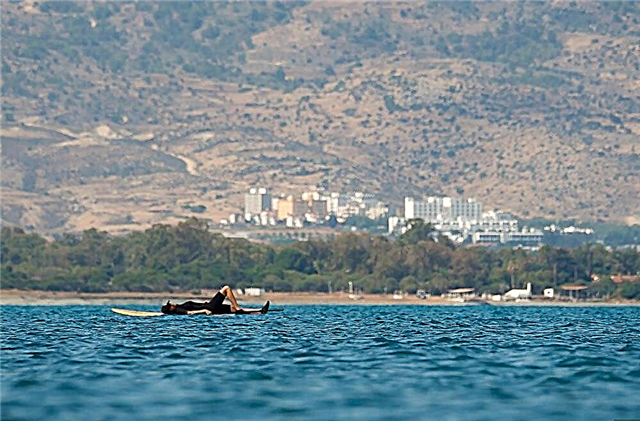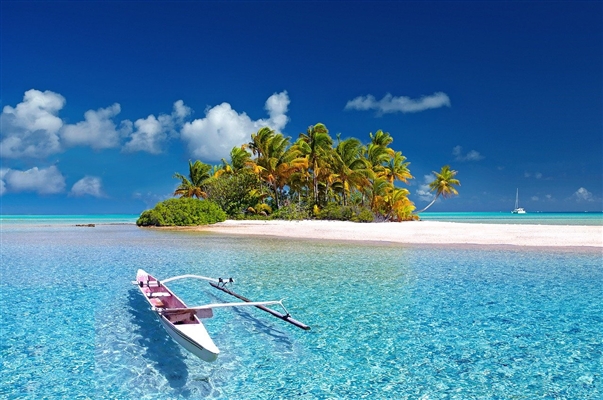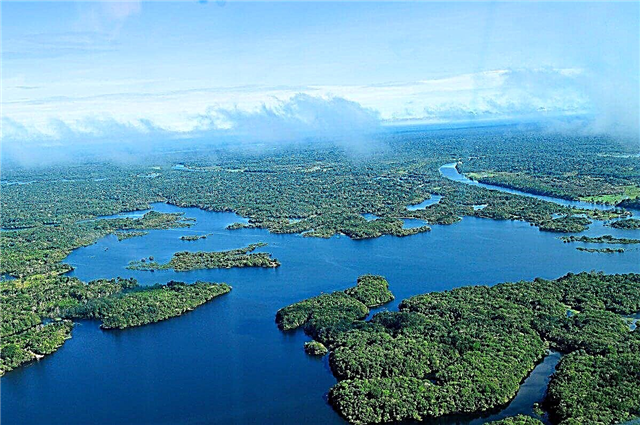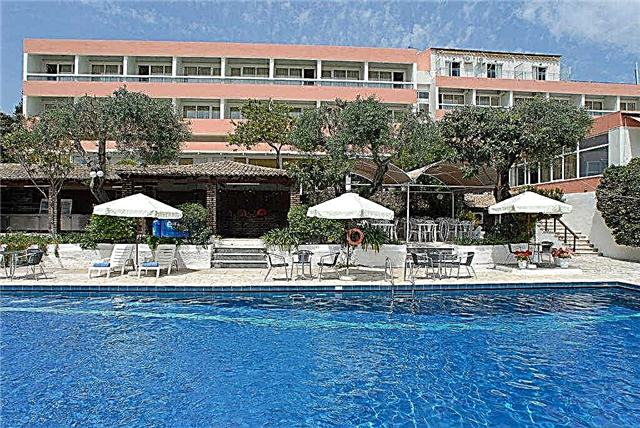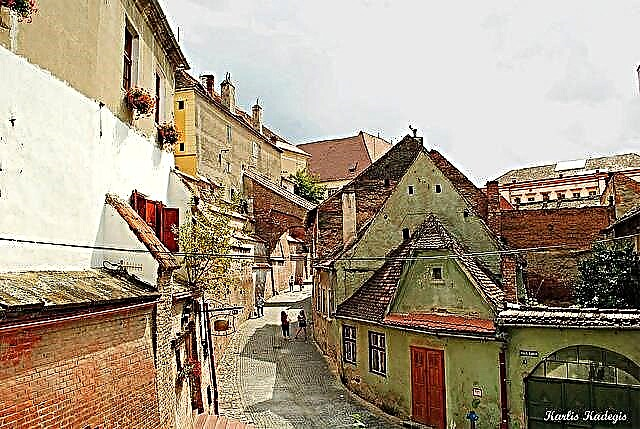What to see in Transylvania, besides Dracula's castle, and why should you go here? Here are 7 reasons why you should go on a trip to this region.
Howling of wolves, ancient castles washed by the sea surf, and vampires - this is the image that Transylvania evokes in many people. However, if you abstract from this cliché generated by the famous novel by Bram Stoker, you will find a lot of interesting things in the northwest of Romania. A trip to Transylvania is much more than just a trip to Dracula's homeland. Here are seven reasons why you should go there for a vacation.
Where to look for cheap tickets to Romania? This is most conveniently done using the search engines Aviasales and Skyscanner. To find the best price, check both and search for tickets on different dates. Read also the instruction: How to search for cheap flights correctly.
Natural beauty
The jagged peaks of the Carpathian Mountains are bordered in the west by the Western Romanian Mountains, covered with dense ancient forests and green hills. Transylvania is perhaps one of the few regions in Europe that has a pristine landscape.
Entering the countryside of Transylvania is not only a return to the ancient world of dark forests filled with bears and wolves, but also to the lives of peasants who have preserved their culture over the centuries.
Hiking and cycling trails, speleology, the ability to climb mountains, clear lakes, hills and forests - that's enough to make a trip to Transylvania your fix idea.
Picturesque towns
While Transylvania conjures up images of picturesque villages and unspoiled nature, it also has cities. Cluj-Napoca is the largest city in the region. It is known for its cobbled streets, Baroque buildings and wide boulevards with numerous cafes - there is a lot to see. Most of the Romanian students live here, so the nightlife is in full swing.

Complex story
The mysterious Dacians are an ancient race associated with the Thracians who inhabited the land before the arrival of the Romans. The Romans conquered the region and turned it into a province of the Roman Empire. Transylvania eventually became part of the Kingdom of Hungary and then an independent principality. Despite the fact that Transylvania retained its autonomous status, it remained under the great influence of the Ottoman Empire for a century. But then it was swallowed up by the Austro-Hungarian Empire.
In the 20th century, the borders of Transylvania were constantly changing. At the beginning of the 20th century, it became part of Romania. After the First World War, Hungary conquered the region, and during the Second World War it became Romanian again. A complex history lurks in its castles, cities and churches - thanks to her, there is a lot to see in Transylvania for the modern tourist.
Fortress churches
Fortified churches are a must see in Transylvania. These cultural monuments are unique, they testify to the turbulent past of Transylvania. Most of these churches were built during the Middle Ages to defend against Tatar and Ottoman invasions. There are more than a hundred of them in the region, now some of these churches are UNESCO World Heritage Sites.
Cultural diversity
A trip to Transylvania will introduce you to other cultures and peoples. Transylvania belongs to Romania, but there are also Hungarians, Saxons, Gypsies, Serbs and Armenians - you will encounter different cultures and languages on your journey. At masses in the cities of Cluj-Napoca and Targu Mures, you will see many Hungarians, and in Romanian villages you will encounter gypsies in bright clothes. The diversity of cultures makes Transylvania an interesting place to visit.

Folk crafts
This region is famous for its arts and crafts, namely embroidery and woodcarving. From a trip to Transylvania, you can bring original gifts to family and friends - shirts with hand embroidery. You can buy them from craftswomen on one of the historic streets of the city, at tourist markets or in handicraft workshops on the side of the road.
Wine
Of course, Transylvania does not have a reputation as a winemaking country, but it still grows grapes and produces delicious wine. Around Alba Iulia and Alba County, you will find several interesting wineries and cellars. Try to get into the archbishop's cellar in Alba Iulia and taste the wine there.


